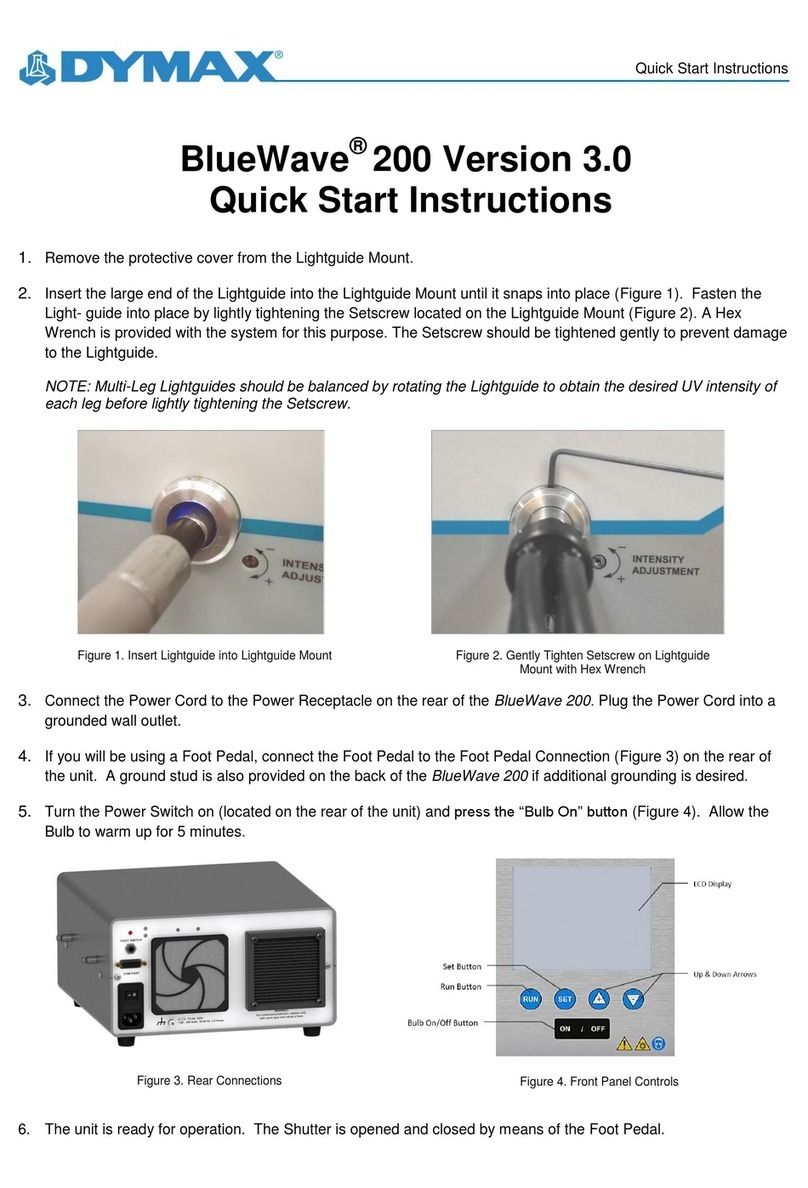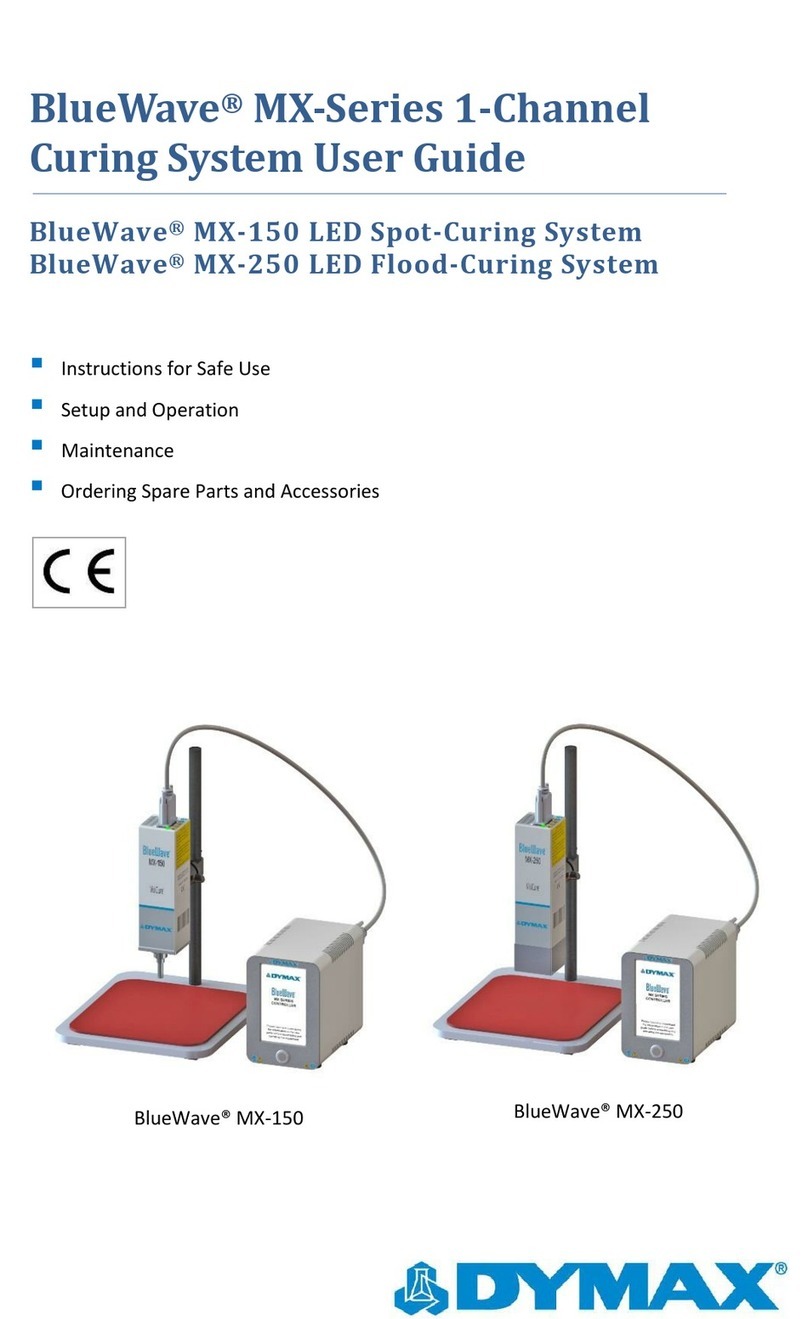Contents
Introduction.................................................................................................................................................... 5
Introduction to the User Guide ....................................................................................................................................... 5
Where to Get Help .......................................................................................................................................................... 5
Safety / Sécurité ............................................................................................................................................. 5
General Safety Considerations ........................................................................................................................................ 6
Specific Safety Considerations......................................................................................................................................... 6
Safety Symbol Index ........................................................................................................................................................ 7
Dymax Light-Curing System Safety Considerations ......................................................................................................... 7
Product Overview ........................................................................................................................................... 9
Description of the BlueWave LED Flood System .............................................................................................................. 9
Special Features and Benefits of the BlueWave LED Flood System ............................................................................... 10
Front Control Panel ....................................................................................................................................................... 10
Back Panel ..................................................................................................................................................................... 11
Intensity Control Feature .............................................................................................................................................. 11
Operation Modes .......................................................................................................................................................... 12
Validation ...................................................................................................................................................................... 12
Assembly and Setup...................................................................................................................................... 12
Safety / Sécurité ............................................................................................................................................................ 12
Unpacking and Inspecting Your Shipment..................................................................................................................... 13
Parts Included in the BlueWave LED Flood System........................................................................................................ 13
System Connections...................................................................................................................................... 14
Interconnect Cable ........................................................................................................................................................ 14
Operating the LED Light ................................................................................................................................ 14
Adjusting Intensity......................................................................................................................................................... 14
Operating Modes........................................................................................................................................................... 15
Choosing an Operating Mode........................................................................................................................................ 16
Operating in Manual Mode........................................................................................................................... 19
Manual Mode Description............................................................................................................................................. 19
Procedure ...................................................................................................................................................................... 19
Operating in Timer Mode.............................................................................................................................. 19
Timer Mode Description................................................................................................................................................ 19
Adjusting the Timer ....................................................................................................................................................... 19
Operating in PLC Mode ................................................................................................................................. 20
PLC Mode Description ................................................................................................................................................... 20
Wiring the PLC Interface................................................................................................................................................ 21
Output Signal Definition ................................................................................................................................................ 23
Troubleshooting the PLC Interface ................................................................................................................................ 24
Testing Fixtures in PLC Mode ........................................................................................................................................ 24
Cleaning and Maintenance ........................................................................................................................... 24
Inspect and Replace Fuses............................................................................................................................................. 24





























